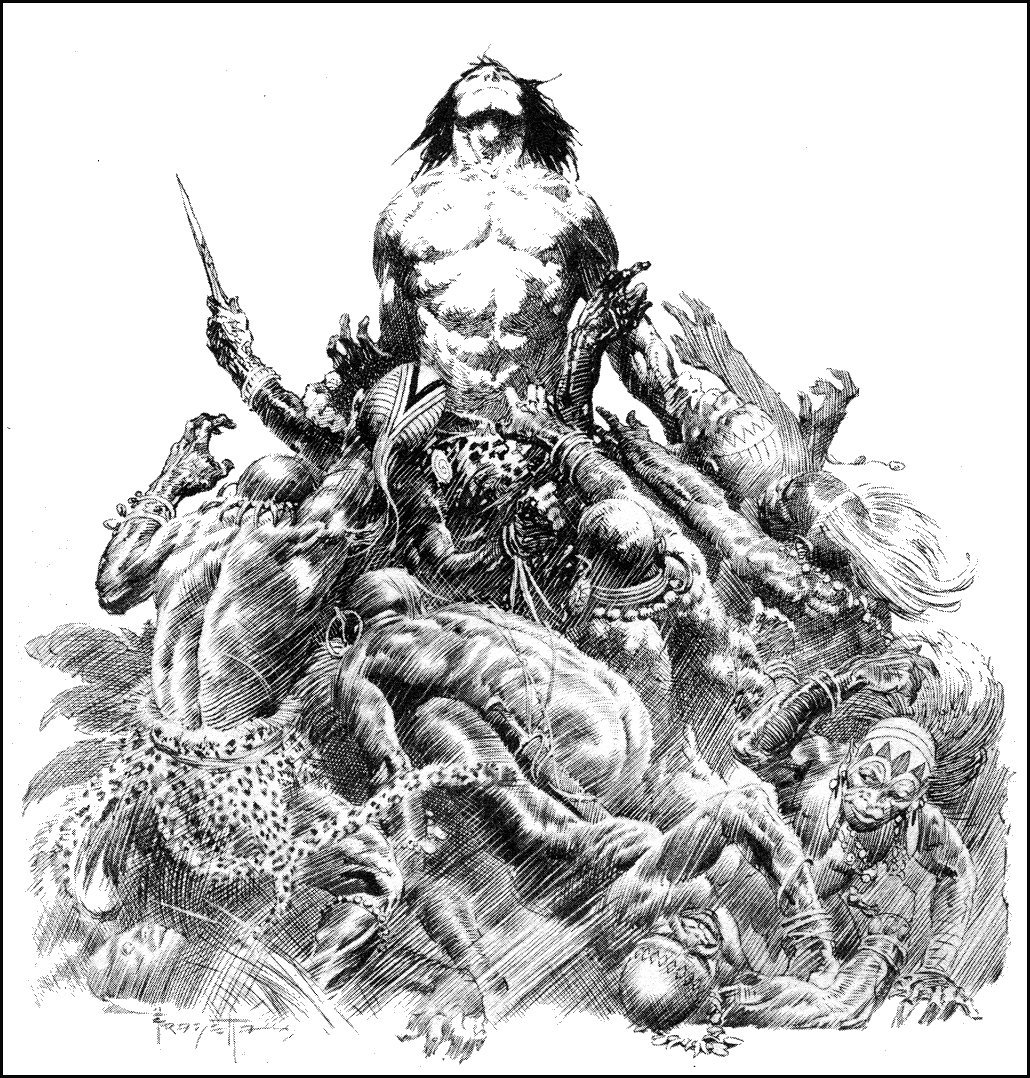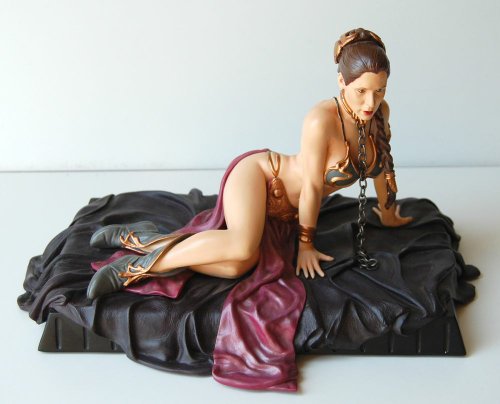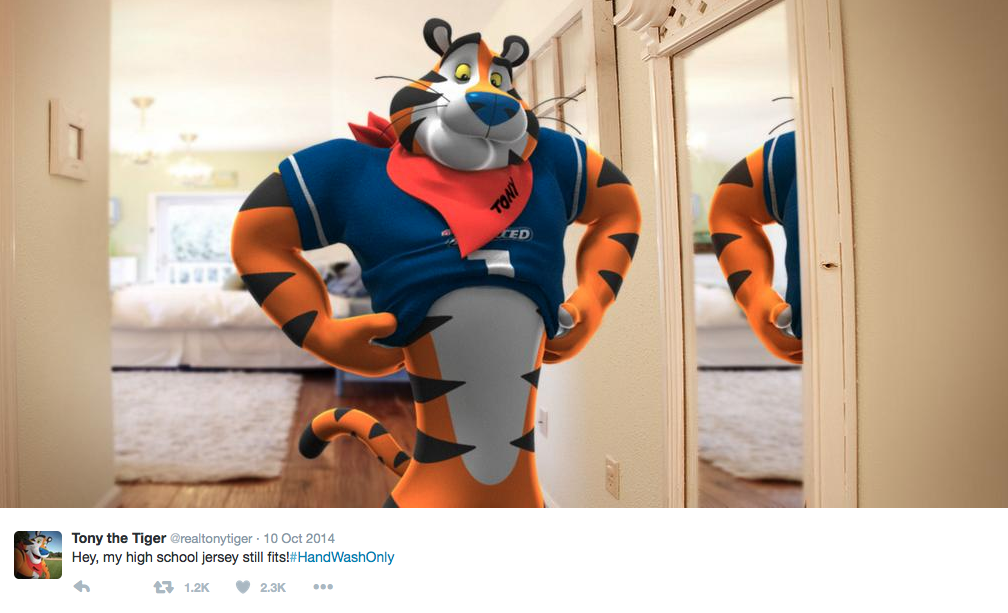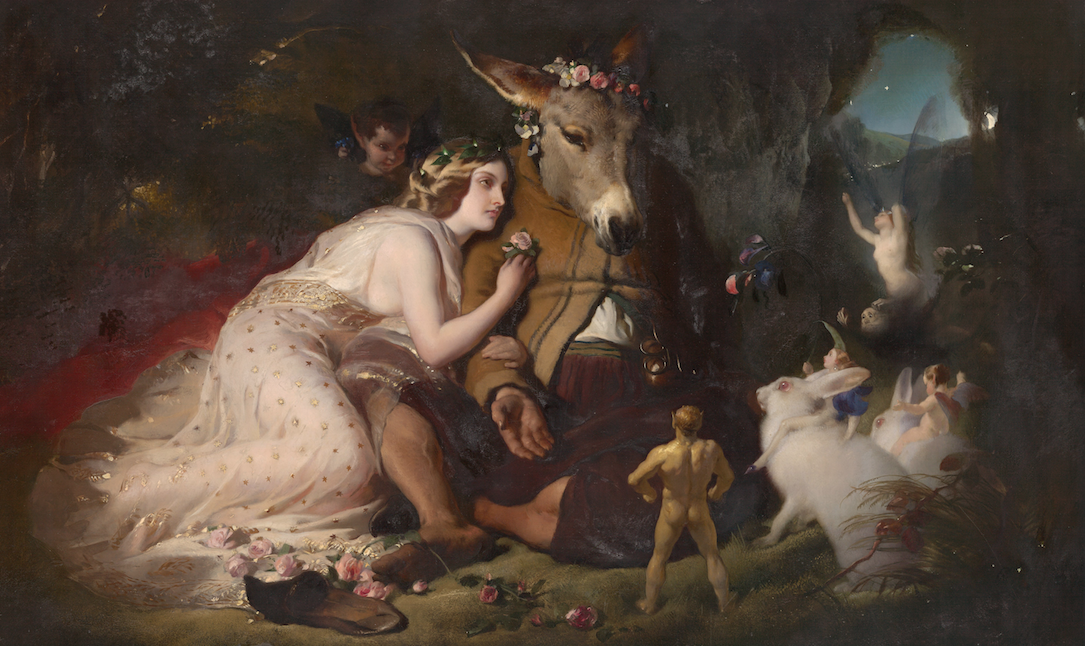
At first glance, the answer seems pretty obvious: No way! I mean, where’s the mask? What’s her codename? And what about superpowers—strength? flight? speed? The girl can’t even talk to fish. But first glances can be deceiving. Take a sec to adjust your X-Ray Goggles, and you might be surprised what’s under Ms. Everdeen’s seemingly non-superheroic skin.
Let’s start with those superpowers. You don’t need Hulk-like strength or Flash-like speed to join a superhero union. Of course Katniss actress Jennifer Lawrence knows all about mutant shapeshifting from playing Mystique in soon-to-be three X-Men films. In fact, it was 2011’s X-Men: First Class that flung Lawrence’s career into full flight, setting up her even greater success the following year in the first Hunger Games. But even though Lawrence is Katniss, Katniss isn’t Lawrence. Her character has to earn her own super skill set.
Which she does. As a top-notch archer, Katniss would fit into both DC’s and Marvel’s universes. Green Arrow debuted in More Fun Comics back in 1941, and actor Stephen Amell has been having even more fun playing him on the CW series Arrow since 2012. The character started off as a modern-day Robin Hood knock-off, complete with a feather in his goofy tricorne cap—so if nothing else, Katniss wins on fashion points. I say she has the Avengers’ Hawkeye beat too. Iron Man, Captain America, Thor, Hulk, they’ve all had their own franchises. Marvel has been mumbling about Scarlett Johansson staring in a Black Widow movie since 2010, but Hawkeye? Not even actor Jeremy Renner holds out much hope for that starring role. Meanwhile, Katniss hits her fourth bullseye with Mockingjay Part 2.
Okay, but Hawkeye and Green Arrow, like all self-respecting superheroes, wear nifty costumes. And so does Katniss. Tons of them—literally tons if you count that flaming chariot. Hell, she even has her own costume designers. Superman needed Ma Kent to sew his outfit, and the Fantastic Four were hanging out in mufti till Invisible Girl discovers her unexplained fashion powers in issue #3. At least it makes sense that Peter Parker would develop needle-and-thread skills from that radioactive spider bite, but where are all the other superheroes buying their superthreads? Only millionaires can afford a private butler named Alfred to maintain their wardrobes. So thank you Hunger Games for an unexpected nod toward reality.
But the key to a superhero’s costume is the symbol plastered on the chest—a spider, the number “4,” the letter “S,” whatever is literally closest to your superhero heart. For Katniss, that’s her mockingjay pin. It’s her personal symbol, and soon the symbol of the whole rebellion. The bird is also a super-bird, a genetically engineered hybrid that has an almost mystical meaning to those who respect its human-like singing. Like Bruce Wayne’s bat, the mockingjay represents Katniss’s mission, the next checkmark on her superhero trait list.
The two oldest comic book superheroes, Superman and Batman, spelled out two very different but complementary ways of defining a superhero’s reason-to-be: the Man of Steel dedicates himself to serving as a “champion of the oppressed,” while the Dark Knight vows to “war on criminals.” One is about victims, the other villains. Katniss covers both. She champions the oppressed citizens of District 12 while bringing her war to the Capitol. And if you think superheroes can’t fight their own governments, that tradition is even older than comics. Look at Zorro and Robin Hood. Or the Scarlet Pimpernel’s battles with the France’s Revolutionary government. Even Superman and Batman aren’t shy about roughing up a few wrong-headed cops or army battalions when the greater good is at stake.
Which gets us to motivation. What’s at stake for Katniss? Well, she’s been wronged, and she’s going to fight those wrongs until she’s fixed them. That’s the oldest superhero motivation of them all. Batman best embodies it—he crushes criminals because criminals killed his parents—but Alexander Dumas’ Count of Monte Cristo started exacting his personal revenge on wrong-doers in 1844. Plenty of 1930s pulp heroes started adventuring after the death of a loved one too, including one of the very first superheroines, the Domino Lady: corrupt politicians in league with a KKK splinter group murder her dad, and next she’s pulling on a domino mask and, well, a dress and high heels. Again, Katniss wins on fashion sense. But she also wins additional points for giving the you-killed-my-beloved-family-member trope a much needed revamp. In the Batman formula, Katniss’ sister Primrose would have died in the Games—but Katniss begins her superheroic career not as a too-little too-late reaction to that wrong but instead by preventing it. Imagine if little Bruce Wayne had stopped that mugger in Crime Alley by volunteering for his Batman mission before his parents could be killed. On my scorecard, that makes Katniss better than Batman.
This is all looking pretty good for Super-Katniss, but she is missing some key superhero traits. First off, no secret identity. Of course Hawkeye and Black Widow don’t have ones either. And neither do any of the Fantastic Four. They do all have those fancy codenames though, something else Katniss is missing. But without a secret identity to hide, why does a superhero need a codename? Sure, Hawkeye and Black Widow are S.H.I.E.L.D. agents, but Nick Fury is just Nick Fury. Thor used to be mild-mannered Donald Blake, but Marvel Studios jettisoned his alter ego, so now Thor is just Thor.
So you could argue that codenames and secret identities are no longer a necessary part of the superhero formula. In which case, Katniss is in. But there’s another side to Thor that Katniss lacks. In fact, two sides. He’s a god who trades in Asgard to hang with us humans. If Odin decided to war on Earth, I have no doubt which side his son would fight for. Masks and codenames are important because they embody a superhero’s two-sidedness. You take your superpower-bestowing origin point—Asgard, Krypton, cosmic ray-infested outer space—and use it in service of your human half. Super-heroes are always straddling that perilous hyphen, keeping their two sides in balance. But Katniss is just Katniss.
Though, to be fair, she does have some duality. She performs her Hunger Game persona in front of actual cameras, while keeping her true self hidden. You could even say she uses her Capital persona to battle the Capital on behalf of District 12—the same way Batman takes the darkness of Crime Alley and directs it against the cowardly criminals of Gotham. But is that enough to earn Katniss a final make-or-break checkmark on the Superhero Census Bureau Questionnaire?
I’m going to leave that one for you to decide.
The Hunger Games: Mockingjay Part 2 opens November 20.












